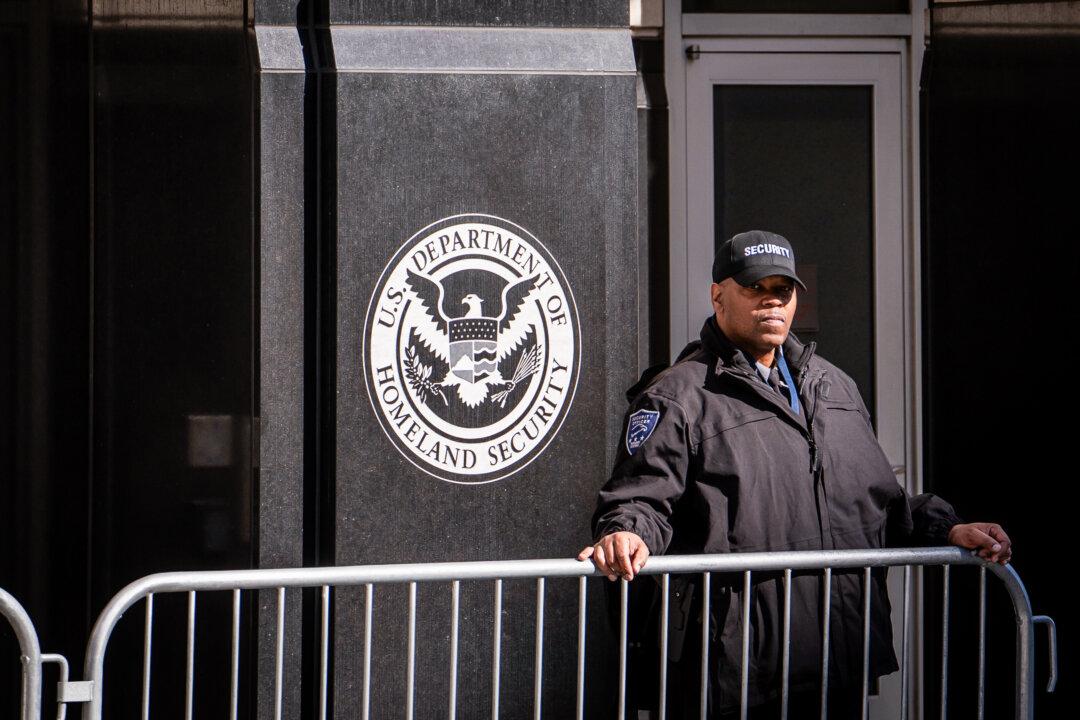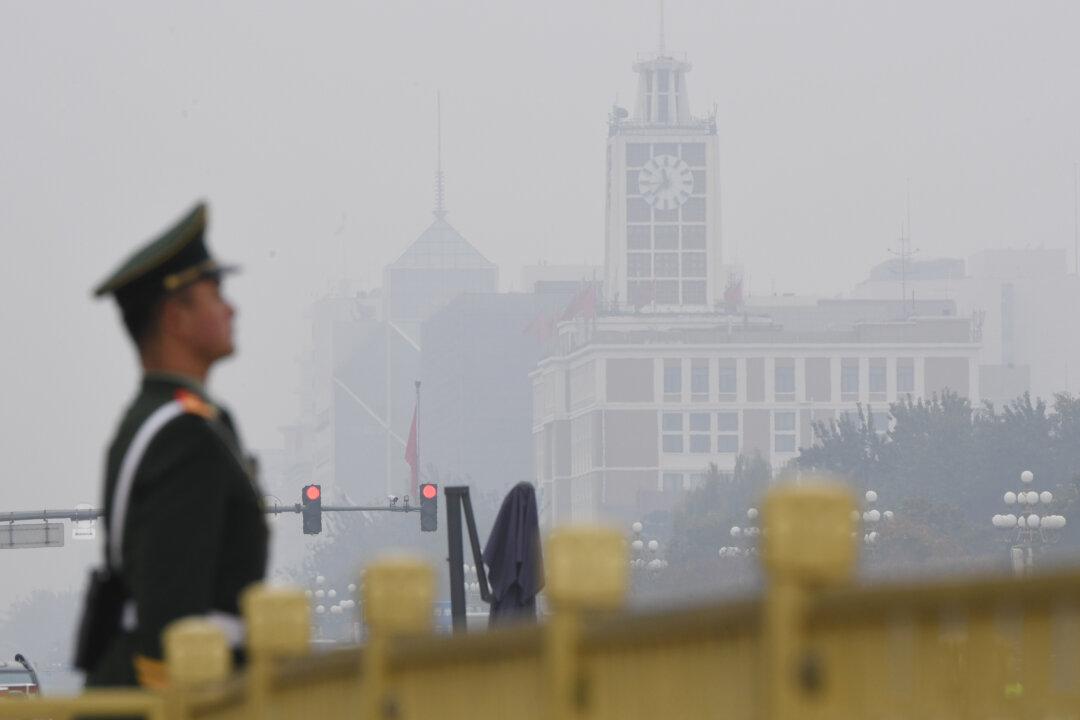Federal forest rangers are expected to start gunning down feral cattle from helicopters after a judge approved their operation to “lethally remove” a 150-member herd from a national park in southwestern New Mexico.
The four-day aerial hunt is scheduled to begin on Feb. 23 and conclude on Feb. 26, according to the U.S. Forest Service (USFS), which described the cows and bulls who are freely roaming and grazing in the Gila National Forest as a “significant threat” to both public safety and natural resources.





